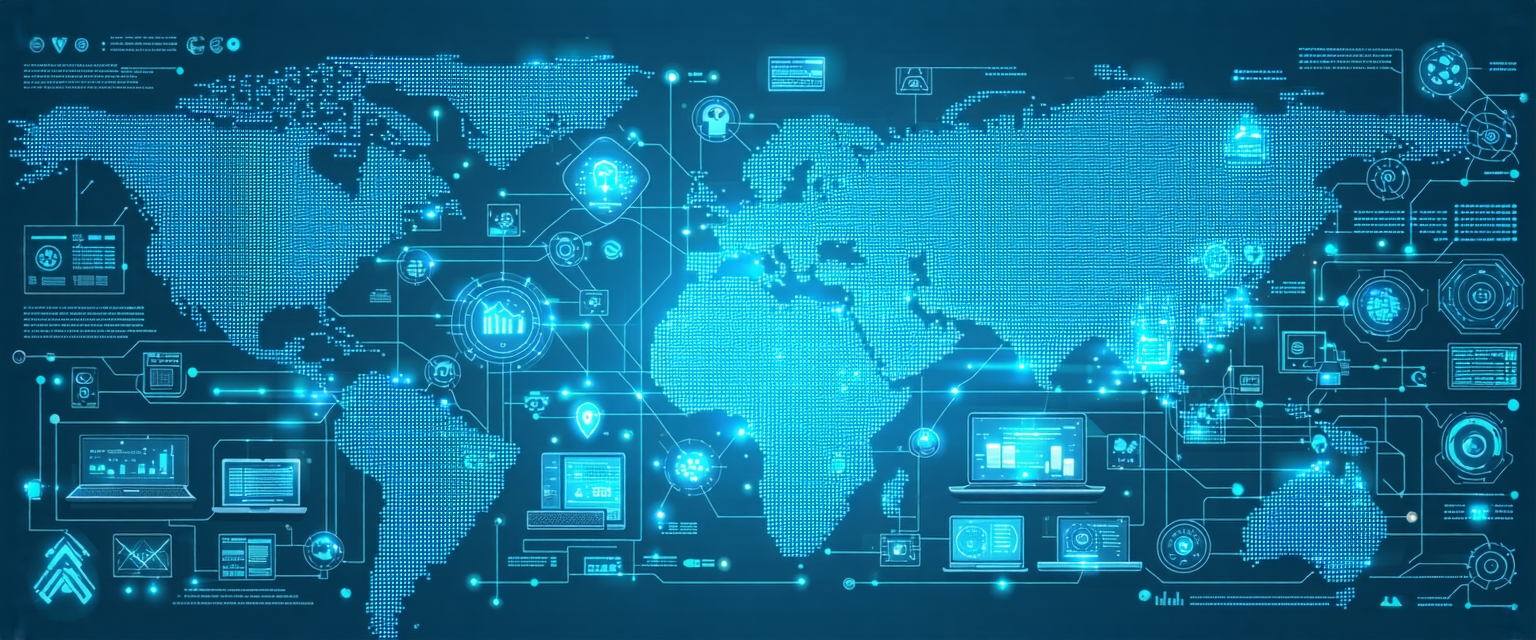






The Internet of Things (IoT), the network of physical objects embedded with sensors, software, and other technologies for the purpose of connecting and exchanging data, has rapidly evolved from a futuristic concept to a pervasive reality. Driven by advancements in computing power, miniaturization, and wireless communication, its influence spans numerous sectors, impacting everything from smart homes to industrial automation.
The groundwork for IoT was laid decades ago with the development of embedded systems and the rise of the internet. However, its widespread adoption accelerated in the 2010s, fueled by the proliferation of affordable sensors, improved connectivity (like Wi-Fi and cellular data), and the increasing affordability of cloud computing services for data storage and processing. The emergence of standards and protocols also played a crucial role in fostering interoperability.
Recent advancements in IoT focus on enhancing security, improving data analytics capabilities, and expanding applications into new domains. Low-power wide-area networks (LPWANs) are extending the reach of IoT devices, enabling connectivity in remote areas and reducing energy consumption. Artificial intelligence (AI) is increasingly integrated into IoT devices, enabling more sophisticated data processing and autonomous decision-making. Edge computing, processing data closer to the source, is also gaining traction, reducing latency and bandwidth requirements.
According to Gartner (source: Gartner’s 2023 IoT Hype Cycle), the global IoT market is experiencing robust growth, with billions of devices expected to be connected by 2025. However, concerns remain regarding security vulnerabilities, data privacy, and the ethical implications of widespread data collection. IDC (source: IDC’s Worldwide IoT Spending Guide) highlights the increasing investment in IoT security solutions, reflecting a growing awareness of these risks.
Professor Anya Sharma, a leading expert in IoT security at the University of California, Berkeley, notes that “the decentralized nature of IoT presents unique challenges for security, requiring a multi-layered approach that includes device-level security, network security, and cloud-based security measures.”
The future of IoT hinges on addressing the existing challenges and harnessing its immense potential. Enhanced security protocols, robust data privacy regulations, and ethical guidelines are essential for building trust and fostering wider adoption. The opportunities, however, are vast, spanning improved healthcare, smarter cities, efficient agriculture, and revolutionary industrial processes. Future developments will likely see further integration of AI, blockchain technology for secure data management, and the development of more sophisticated sensor technologies.
“`